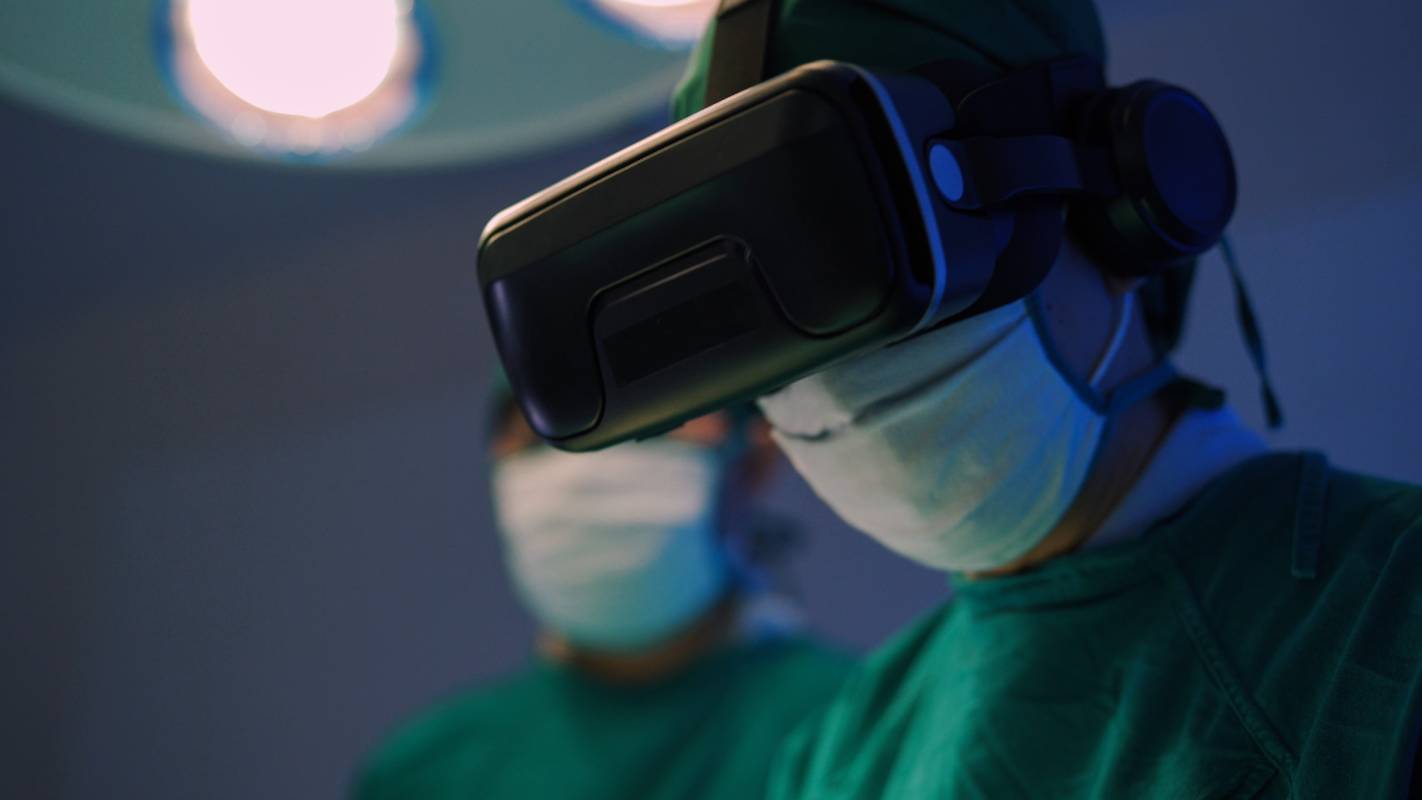
Ergonomic considerations are key to the success of ultrasound-guided diagnostics [1] and medical interventions that require very fine control. Head movements in particular may inconvenience surgeons and result in technical difficulties, and there remains a significant failure rate for first pass interventions. Wearable devices that can be attached to smart glasses, consisting of a head-mounted display which projects the ultrasound screen in front of the operator’s eye, allow surgeons to keep their eyes and attention fixed on the surgical field. Research has shown that such smart glasses, which are both ergonomic and affordable, can improve the success rate of ultrasound-guided procedures.
Various studies in the last few years have contributed to highlighting the benefits of such smart glasses. A 2019 study first assessed the use of smart glasses in the context of ultrasound-guided peripheral venous access [2]. The research was carried out as a randomized, crossover-design simulation study in which emergency medicine residents attempted ultrasound-guided peripheral venous access on a pediatric patient with or without the use of smart glasses. Results demonstrated that the use of smart glasses, though not improving procedural time or the number of skin punctures and needle restrictions, significantly reduced the number of operator head movements.
A study shortly thereafter in 2020 examined the use of smart glasses equipped with augmented reality representing ultrasound information, alongside other real-time data such as endoscopic data [3]. The findings suggested that augmented reality can improve trauma surgery interventions. In particular, it improved the efficiency of surgery, reducing the operating time and minimizing the radiation exposure of clinical personnel and patients alike.
Most recently, a study from 2021 looked into the success rate of ultrasound-guided pediatric radial arterial catheterization [4]. The work was carried out as a prospective, single-blinded, randomized controlled, single-center study focused on pediatric patients under 2 years of age requiring radial artery cannulation under general anesthesia. Results demonstrated that smart glasses-assisted ultrasound-guided radial artery catheterization improved first-attempt success rates, procedure time, and overall complication rates. It also improved ergonomic satisfaction.
Interestingly, the use of smart glasses is beginning to extend beyond ultrasound-guided procedures. A 2020 prospective, randomized study sought to assess the feasibility of using smart glasses in the context of fluoroscopically guided minimally invasive spinal instrumentation surgery [5]. The study, which examined posterior lumbar interbody fusion, found that smart glasses did not significantly reduce the number of surgeon head turns and both the operative and radiation exposure times. Additional studies will provide a more complete picture.
Research has shown that the use of smart glasses in ultrasound-guided procedures improves first-attempt success rates, enhances ergonomic ease, minimizes procedure time, and decreases complication rates. However, certain challenges remain. First, future research will need to focus on developing faster data transfer algorithms to achieve higher spatial and temporal resolutions. Second, the glasses can be heavy, and applied research will need to focus on developing lighter smart glasses. Finally, work is required to elucidate more in depth how smart glasses might affect patient safety and health care professionals in a range of complex care environments [6].
References
- Maas, S., Ingler, M. & Overhoff, H. M. Using smart glasses for ultrasound diagnostics. Curr. Dir. Biomed. Eng. (2015). doi:10.1515/cdbme-2015-0049
- Lim, H. et al. Use of smart glasses for ultrasound-guided peripheral venous access: A randomized controlled pilot study. Clin. Exp. Emerg. Med. (2019). doi:10.15441/ceem.19.029
- Lal, A., Hu, M. H., Lee, P. Y. & Wang, M. L. A novel approach of using AR and smart surgical glasses supported trauma care. arXiv (2020).
- Jang, Y. E. et al. Smart Glasses for Radial Arterial Catheterization in Pediatric Patients: A Randomized Clinical Trial. Anesthesiology (2021). doi:10.1097/ALN.0000000000003914
- Matsukawa, K. & Yato, Y. Smart glasses display device for fluoroscopically guided minimally invasive spinal instrumentation surgery: A preliminary study. J. Neurosurg. Spine (2021). doi:10.3171/2020.6.SPINE20644
- Romare, C. & Skär, L. Smart glasses for caring situations in complex care environments: Scoping review. JMIR mHealth and uHealth (2020). doi:10.2196/16055

